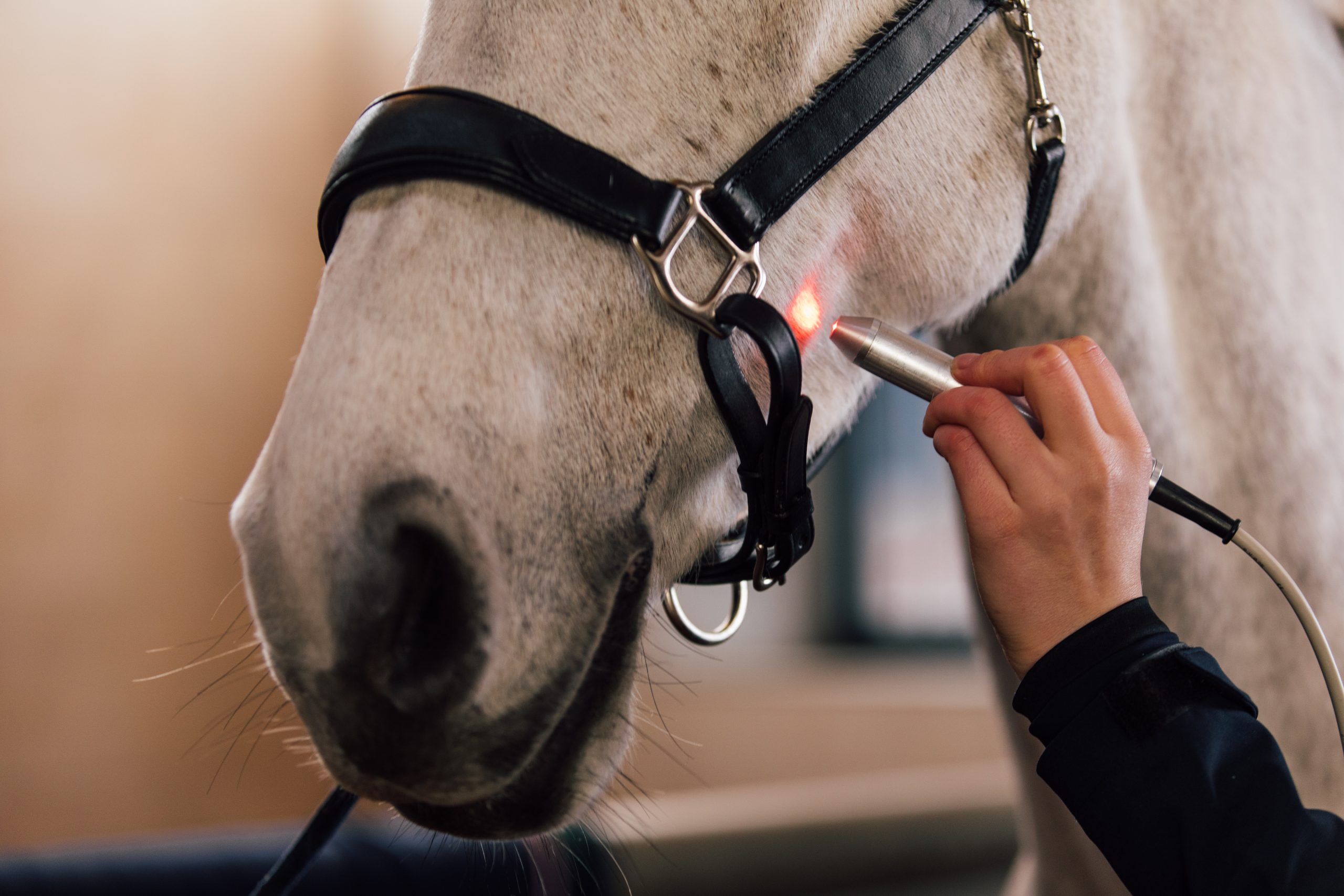Why Equine Therapy is Coming To Be a Preferred Choice for Emotional Health
Why Equine Therapy is Coming To Be a Preferred Choice for Emotional Health
Blog Article
Reviewing the Efficiency of Laser Therapy in Equine Treatment for Injury Recovery
The evaluation of laser treatment's efficiency in equine injury rehab hinges on several variables, consisting of healing time, discomfort mitigation, and tissue regeneration. Vets often observe exceptional results with laser treatment contrasted to conventional techniques, placing it as a vital element in equine care. Equine Therapy.

Understanding Laser Treatment
Laser treatment has actually come to be a critical device in vet medicine, specifically in the treatment of equine problems. Understood for its non-invasive nature and effectiveness, laser therapy involves the application of certain wavelengths of light to stimulate tissue repair and lower swelling. This restorative method is increasingly favored for its capacity to accelerate the healing procedure in equines experiencing a selection of musculoskeletal injuries and chronic problems.
The key system behind laser therapy is its capacity to boost cellular features. In addition, laser therapy promotes vasodilation, boosting blood circulation and oxygen shipment to broken tissues, thus accelerating recuperation.
In equine medicine, laser treatment is particularly helpful for problems such as tendonitis, osteoarthritis, and wound recovery. The technique is admired for its pain-relieving properties, permitting steeds to regain wheelchair and function a lot more swiftly. Veterinarians also value its minimal negative effects compared to other treatment modalities, making it a trusted and risk-free alternative for equine care.
How Laser Treatment Works
To understand how laser treatment functions, it is vital to explore the communication between light power and organic tissues. Laser therapy, also understood as Low-Level Laser Treatment (LLLT) or photobiomodulation, utilizes certain wavelengths of light to penetrate cells and promote mobile procedures. The mechanism pivots on the absorption of photons by cell chromophores, largely within the mitochondria, which are crucial for power manufacturing.
Upon absorption, these photons set off a series of biochemical adjustments, boosting mitochondrial feature and bring about increased adenosine triphosphate (ATP) manufacturing. This rise in ATP accelerates cellular metabolic process, advertising cells repair and regrowth. Furthermore, laser therapy regulates inflammatory feedbacks by affecting cytokine levels and lowering oxidative anxiety, therefore alleviating discomfort and swelling.
An additional considerable aspect of laser therapy is its role in boosting microcirculation. The treatment promotes vasodilation, boosting blood circulation and oxygen shipment to broken cells. This promotes the removal of mobile debris and supports the expansion of fibroblasts and collagen synthesis, critical for wound healing.
Professional Proof
The efficiency of laser treatment in equine therapy has been substantiated via various medical research studies, showcasing its healing prospective across a range of conditions. A study conducted by Turner et al. (2012) showed that steeds treated with low-level laser treatment (LLLT) for ligament injuries exhibited sped up recovery contrasted to those getting conventional therapies.
Likewise, research study by Johnson and coworkers (2015) focused on equine muscular tissue injuries, revealing that laser therapy significantly sped up muscle mass fiber regeneration and minimized muscle mass stiffness. Professional assessments have shown that laser treatment can reduce persistent conditions such as osteo arthritis.
Veterinarian Insights
Vet specialists have progressively recognized the value of laser treatment in equine treatment, mentioning both empirical evidence and direct experience. Dr. Jane Smith, a leading equine vet, notes that laser therapy has actually revealed remarkable effectiveness in lowering swelling and speeding up tissue repair work. "In my technique, I have actually observed faster healing times in equines treated with laser treatment compared view it now to standard approaches," she states. This sentiment is echoed by Dr. John Doe, that stresses that laser treatment supplies a non-invasive choice with marginal adverse effects, making it particularly fit for equine people.
Vets likewise appreciate the convenience of laser therapy. She aims out that laser therapy can be customized to the certain demands of each steed, making sure ideal end results.

Practical Factors To Consider
A key facet of executing laser treatment in equine therapy involves comprehending the practical factors to consider that guarantee its efficacy and safety. It is vital to pick the ideal laser tool, as numerous kinds differ in wavelength, power, and infiltration deepness (Equine Therapy). Veterinarians should be fluent in these criteria to customize therapy protocols properly to each injury type
In addition, the frequency and duration of laser therapy sessions require cautious preparation to take full advantage of restorative advantages while reducing any type of possible negative results. Consistent monitoring of the equine's reaction to treatment can lead necessary modifications in the therapy program. Developing a safe and regulated environment during treatments is likewise vital to avoid accidental direct exposure to laser emissions, which could hurt both the horse and the trainer.
Training view it and certification of personnel carrying out laser therapy are paramount to make sure appropriate technique and to maintain safety criteria. you could try these out Furthermore, preserving exact records of each session, including laser settings and observed outcomes, is essential for assessing the overall performance of the therapy and for making data-driven decisions.
Verdict
Laser treatment has actually arised as a reliable modality in equine injury rehab, using considerable benefits in recuperation time, pain alleviation, and cells recovery. For optimal results, constant surveillance and individualized treatment protocols continue to be crucial in leveraging the complete potential of laser therapy in equine treatment.
Report this page